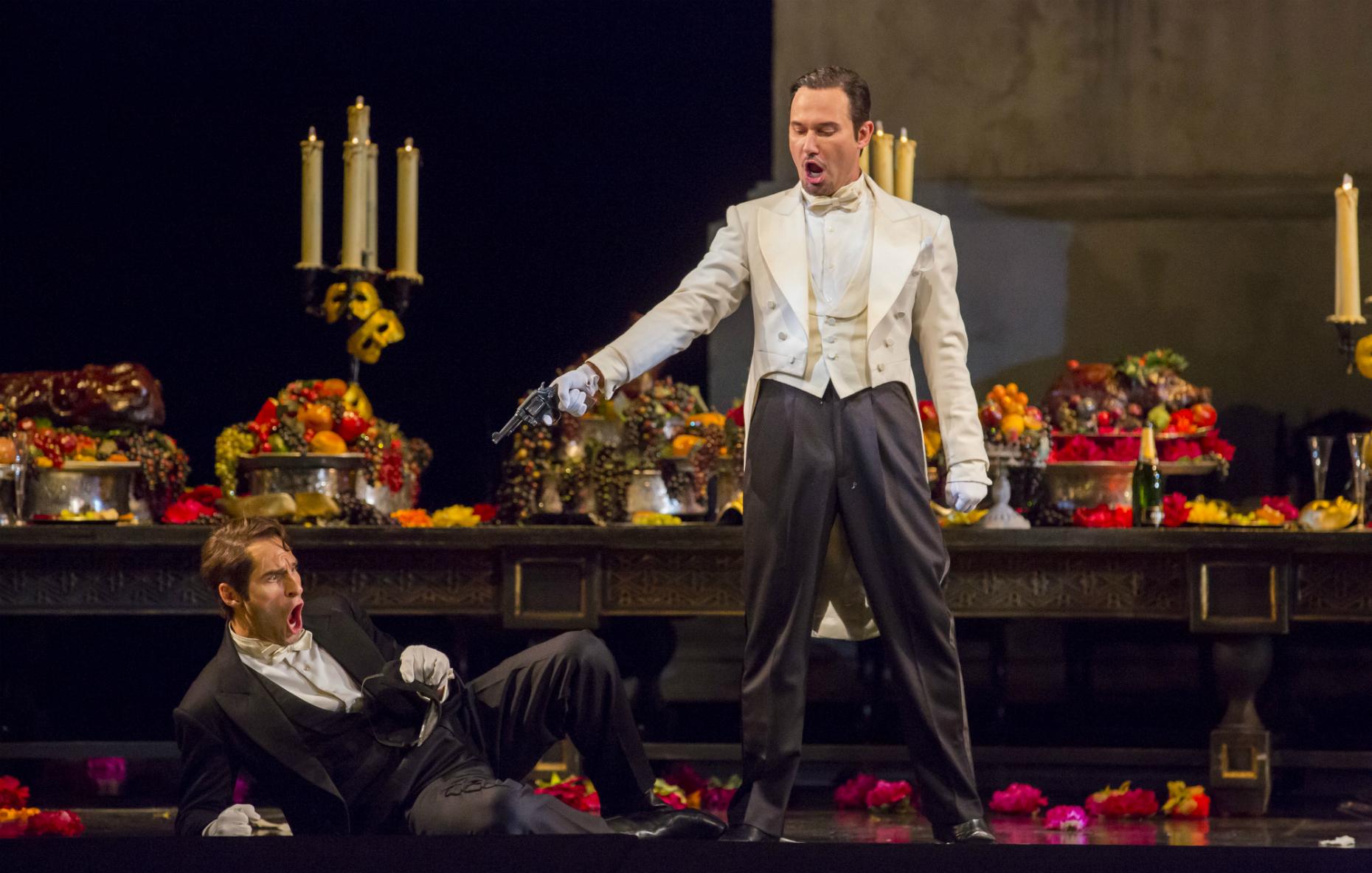

In it is an unmistakable genius, but it has also drawn out the snark as being “a notoriously scrappy piece of dramatic construction.” Certainly, the final scene is uneven, and even unnecessary.īut complaining about operatic dramatic construction is much like lamenting the fat register of deep fried chips. (Could it be anything else?) “Mozart’s good fortune is that he has found a subject matter that is intrinsically altogether musical, and if any other composer were to compete with Mozart, there would be nothing for him to do except compose Don Giovanni all over again.” The theme here, as Kierkegaard explains, is musical. “Don Giovanni, as many have noticed, is a non-person a bundle of drives without apparent psychological motivation.” The character in Mozart’s opera insists on this theme: “Who I am you shall never know.” It is the swamp of the conman, a confection of feeling that necessitates the importance of desire. The longer one engages this figure, the more one sees it disappear, vanish into a bundle of emotions and desires. “B” is the moralist, Judge Vilhelm, who stresses the ethical aspect.

His character “A” deems the opera harmonious and balanced in terms of content and form, a case of “mutual permeation”.

In his Journals and Papers, comprising 7 volumes, Kierkegaard outlines his exhilarative torment, making his most famous stab in “The Immediate Erotic Stages or the Musical-Erotic”. Then came the critics, with Søren Kierkegaard thinking he had the opera’s number, the sense, and the totality of Mozart’s creation which premiered in Prague in October, 1787. Tirso de Molina gave him shape in The Trickster of Seville and the Stone Guest, added more coherent limbs. Don Giovanni (some of us know him as Don Juan) was born in the fire of temptation and vitality.


 0 kommentar(er)
0 kommentar(er)
